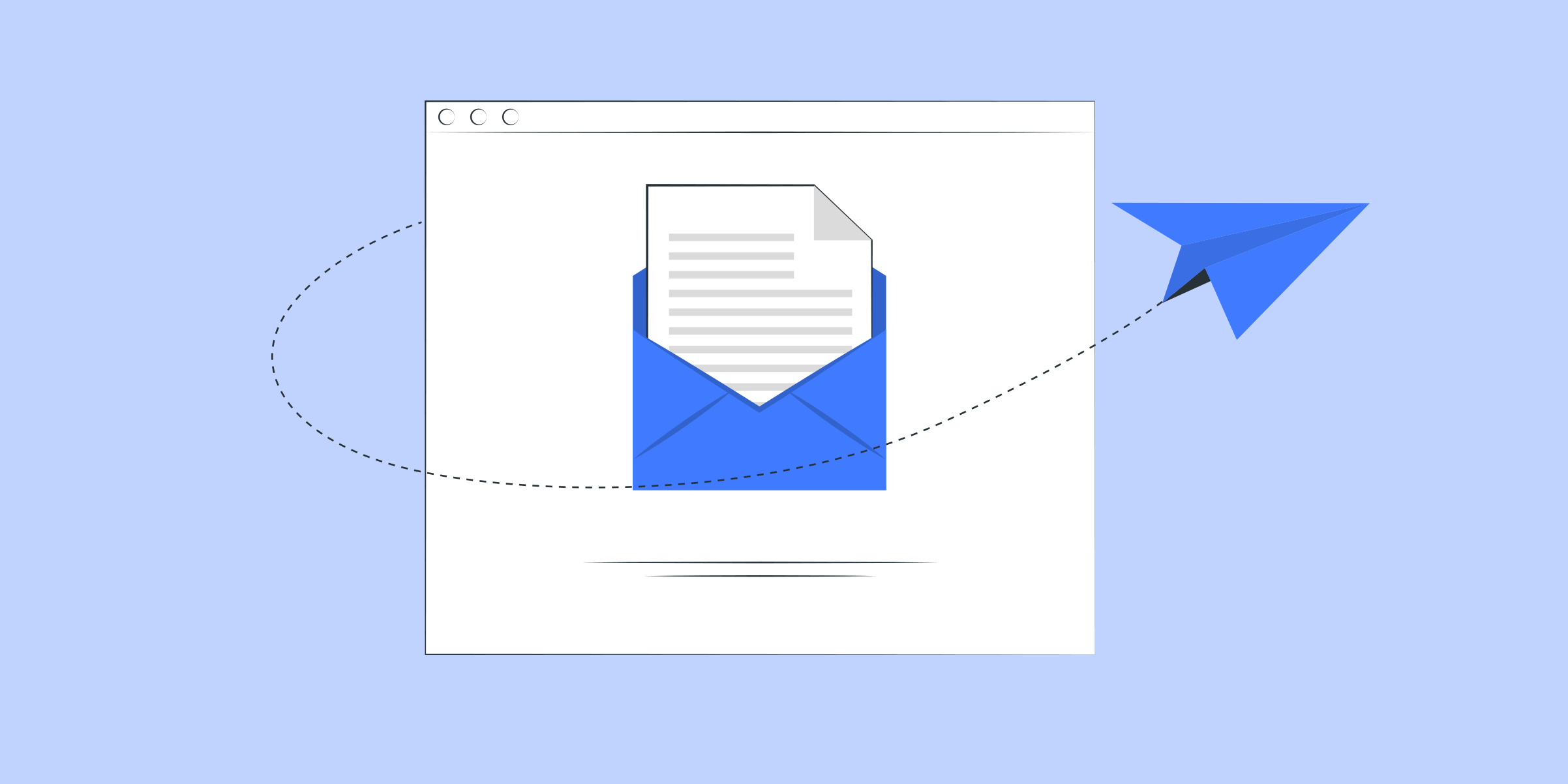Residential Proxies
Allowlisted 200M+ IPs from real ISP. Managed/obtained proxies via dashboard.

Proxies Services
Residential Proxies
Allowlisted 200M+ IPs from real ISP. Managed/obtained proxies via dashboard.
Residential (Socks5) Proxies
Over 200 million real IPs in 190+ locations,
Unlimited Residential Proxies
Unlimited use of IP and Traffic, AI Intelligent Rotating Residential Proxies
Static Residential proxies
Long-lasting dedicated proxy, non-rotating residential proxy
Dedicated Datacenter Proxies
Use stable, fast, and furious 700K+ datacenter IPs worldwide.
Mobile Proxies
Dive into a 10M+ ethically-sourced mobile lP pool with 160+ locations and 700+ ASNs.
Scrapers
Collection of public structured data from all websites
Proxies
Residential Proxies
Allowlisted 200M+ IPs from real ISP. Managed/obtained proxies via dashboard.
Starts from
$0.6/ GB
Residential (Socks5) Proxies
Over 200 million real IPs in 190+ locations,
Starts from
$0.045/ IP
Unlimited Residential Proxies
Unlimited use of IP and Traffic, AI Intelligent Rotating Residential Proxies
Starts from
$1816/ MONTH
Rotating ISP Proxies
ABCProxy's Rotating ISP Proxies guarantee long session time.
Starts from
$0.4/ GB
Static Residential proxies
Long-lasting dedicated proxy, non-rotating residential proxy
Starts from
$4.5/MONTH
Dedicated Datacenter Proxies
Use stable, fast, and furious 700K+ datacenter IPs worldwide.
Starts from
$4.5/MONTH
Mobile Proxies
Allowlisted 200M+ IPs from real ISP. Managed/obtained proxies via dashboard.
Starts from
$1.2/ GB
Scrapers
Web Unblocker
Simulate real user behavior to over-come anti-bot detection
Starts from
$1.2/GB
Serp API
Get real-time search engine data With SERP API
Starts from
$0.3/1K results
Video Downloader
Fully automated download of video and audio data.
Starts from
$0.07/GB
Scraping Browser
Scale scraping browsers with built-inunblocking and hosting
Starts from
$2.5/GB
Documentation
All features, parameters, and integration details, backed by code samples in every coding language.
TOOLS
Resources
Addons
ABCProxy Extension for Chrome
Free Chrome proxy manager extension that works with any proxy provider.
ABCProxy Extension for Firefox
Free Firefox proxy manager extension that works with any proxy provider.
Proxy Manager
Manage all proxies using APM interface
Proxy Checker
Free online proxy checker analyzing health, type, and country.
Proxies
AI Developmen
Acquire large-scale multimodal web data for machine learning
Sales & E-commerce
Collect pricing data on every product acrossthe web to get and maintain a competitive advantage
Threat Intelligence
Get real-time data and access multiple geo-locations around the world.
Copyright Infringement Monitoring
Find and gather all the evidence to stop copyright infringements.
Social Media for Marketing
Dominate your industry space on social media with smarter campaigns, anticipate the next big trends
Travel Fare Aggregation
Get real-time data and access multiple geo-locations around the world.
By Use Case
English
繁體中文
Русский
Indonesia
Português
Español
بالعربية

Title: How to Find and Configure Proxy Server Addresses for Better Online Security?
Intro:
In today's digital world, online security has become a top priority for individuals and businesses. Using a proxy server is one of the effective ways to improve online security. Proxy servers act as an intermediary between devices and the Internet, providing additional protection and privacy. In this blog, we will explore different ways to find and configure proxy server addresses, providing you with a step-by-step guide to improving your network security.
1. Understanding proxy servers:
Before diving into finding proxy server addresses, it's important to understand the basics. A proxy server acts as an intermediary between your device and the websites you want to visit. It masks your IP address and encrypts your Internet traffic, ensuring that your online activities remain anonymous and secure.
2. Types of proxy servers:
There are several types of proxy servers, including HTTP, HTTPS, SOCKS, and transparent proxies. Each type has its own unique features and use cases. Understanding the different types of proxy servers will help you choose the right one for your needs.
3. List of free proxy servers:
One of the easiest ways to find the address of a proxy server is to use the free proxy server lists available online. These lists provide a comprehensive database of proxy servers around the world. Some popular sites, such as ProxyServer.com and FreeProxyList.net, offer regularly updated lists with detailed information about each proxy, including its location, speed and level of anonymity.
4. Proxy server extensions:
Another convenient way to find and configure proxy server addresses is to use browser extensions. Popular browsers such as Google Chrome and Firefox have extensions that provide proxy server functionality.
5. proxy server software:
More advanced users can install proxy server software on their devices. programmes such as ProxyCap, CCProxy and WinGate allow you to set up and configure your own proxy server. This gives you complete control over your Internet connection and allows you to customise it to your specific needs.
6 Configure the proxy server settings:
Once you have found a suitable proxy server address, you can configure the device to use it. Depending on the operating system and browser you are using, the configuration process may vary. However, general steps include accessing network settings, entering the proxy server address and port number, and enabling any additional authentication if needed.
Summary:
Finding and configuring a proxy server address is critical to enhancing online security and privacy protection. With a proxy server, you can protect personal information, access geographically restricted content, and guard against potential cyber threats. Whether you choose a free or paid service, following the steps outlined in this blog will allow you to take control of your online security and enjoy a safer browsing experience. Remember, being vigilant about online security is key to protecting your digital presence.
Featured Posts
Popular Products
Residential Proxies
Allowlisted 200M+ IPs from real ISP. Managed/obtained proxies via dashboard.
Residential (Socks5) Proxies
Over 200 million real IPs in 190+ locations,
Unlimited Residential Proxies
Use stable, fast, and furious 700K+ datacenter IPs worldwide.
Rotating ISP Proxies
ABCProxy's Rotating ISP Proxies guarantee long session time.
Residential (Socks5) Proxies
Long-lasting dedicated proxy, non-rotating residential proxy
Dedicated Datacenter Proxies
Use stable, fast, and furious 700K+ datacenter IPs worldwide.
Web Unblocker
View content as a real user with the help of ABC proxy's dynamic fingerprinting technology.
Related articles

The Benefits of Using a Texas Proxy Server for Enhanced Online Security and Privacy
A Texas Proxy Server: Enhancing Your Online Privacy and SecurityIn an increasingly digital age, protecting our online privacy and security has become paramount. With the growing concerns over data theft, censorship, and geo-restrictions, many internet users are turning to proxy servers to safeguard their online activities. If you reside in Texas or have an interest in the state, a Texas proxy server can offer many benefits while ensuring your anonymity.A proxy server acts as a mediator between your device and the internet. When you connect to the internet using a proxy server, it masks your IP address, making it difficult for websites and hackers to trace your online activities back to you. By routing your internet traffic through a server located in Texas, you can enjoy enhanced privacy and security.One of the primary advantages of using a Texas proxy server is bypassing geo-restrictions. Many websites and online streaming platforms restrict access to specific content based on your lo

How to Find the Proxy Server Address: A Step-by-Step Guide
Are you tired of facing restrictions while browsing the internet? Do you want to access certain websites that are blocked in your country? If the answer is yes, then finding a proxy server address could be the solution you need. In this blog post, we will guide you on how to find a proxy server address and use it to overcome these limitations.A proxy server acts as an intermediary between your device and the internet. It allows you to browse the web anonymously by hiding your IP address and providing you with a new one. By using a proxy server, you can bypass geographical restrictions and access content that is otherwise unavailable in your region.So, without further ado, let's dive into the steps to find a proxy server address:1. Research Proxy Servers: Start by researching different proxy servers available on the internet. There are numerous websites that provide free proxy server lists. Look for reliable sources that offer up-to-date and functioning proxy server addresses.2. Choose

"Where Can I Find and Buy Socks5 Proxy Servers?"
Title: Where to Buy SOCKS5 Proxy: A Comprehensive Guide for Proxy UsersIntroduction:In today's digitally-driven world, the need for anonymity, security, and unrestricted access to online content has become increasingly important. One effective way to achieve these goals is by using a SOCKS5 proxy. In this blog post, we will explore where and how to buy SOCKS5 proxies, as well as discuss the benefits of using this type of proxy service.What is a SOCKS5 Proxy?A SOCKS5 proxy serves as an intermediary server that routes internet traffic through a different IP address, effectively masking your actual location. This type of proxy offers robust security features, including encryption, authentication, and IPv6 support, making it a popular choice among individuals and businesses alike.Benefits of Using a SOCKS5 Proxy:1. Enhanced Security: SOCKS5 proxies encrypt traffic, protecting sensitive information from potential threats and hackers.2. Anonymity: By using a SOCKS5 proxy, users can effective